
Alright, let’s talk fudge. If you’ve ever found yourself standing over a bubbling pot of sweet, rich fudge, wondering at what point it’s ready to be called done, you’re in pretty good company. The secret lies in reaching the 'soft-ball stage,' a term that might sound a tad fancy but is essential for the perfect fudge texture.
Now, what exactly is the soft-ball stage? It’s when a bit of fudge mixture dropped in cold water forms a pliable ball. Not too hard, not too squishy—just right. Typically, you'd aim for a temperature between 235°F and 240°F (approximately 113°C to 116°C). But how long should you actually boil your fudge to reach this sweet spot? Well, timing can vary depending on several factors, including your ingredients and altitude. However, a common rule of thumb is around 10 to 15 minutes of boiling, with constant stirring. But that's not all there is to it.
Understanding Soft-Ball Stage
Getting your fudge to the right consistency is all about nailing the soft-ball stage. The term refers to a specific point in candy-making where syrup, when dropped into cold water, forms a soft and pliable ball. This stage ensures your fudge isn't gritty or runny but has that perfect melt-in-your-mouth feel.
Temperature here is crucial. You'll typically aim for a range between 235°F and 240°F (113°C to 116°C). But did you know that even altitude can affect boiling point and, consequently, this stage? At higher altitudes, water boils at lower temperatures, so be ready to adjust your target range down by about 2°F for every 1,000 feet above sea level.
"Mastering the soft-ball stage is all about patience and precision," says baking expert Emily Luchetti. "It's the fine line that separates good fudge from great fudge."
Boiling fudge isn't just about watching the clock. It's also about understanding the changes in your mixture. Stir it constantly to prevent burning. If you notice the mixture pulling away from the sides or consistency starting to change, test a small amount in cold water to see if it forms that iconic soft ball.
A Quick Tip for Beginners
- Invest in a good candy thermometer. It will make your life a lot easier and help you hit the perfect soft-ball stage.
- Patience is key. Avoid cranking up the heat for faster results; this could affect the texture and taste.
Becoming skilled in achieving the soft-ball stage may take a few tries, but the outcome is deliciously worth the effort. Your legendary fudge is just a little patience and understanding away!
Boiling Time for Fudge
So, how long does it actually take to boil your fudge to perfection? Getting the boiling time just right is crucial for that perfect fudge recipe consistency. Boiling too little might leave you with a runny disaster, while boiling too much can make it as hard as a rock. Yeeesh!
Generally, you'll want to keep that sugary mixture bubbling away for about 10 to 15 minutes. But here’s the catch—it’s not just about staring at the clock. Your thermometer is your best friend here. Aim for a temperature between 235°F and 240°F. This is the heart of the soft-ball stage, where magic happens.
"The soft-ball stage is a pivotal moment in fudge-making. It's where precision and patience meet to create the most delightful confections." – Sarah Keasley, Author of 'Sweet Science: Concoctions Perfected'
Of course, the boiling time can depend on what's going into your fudge, like butter or heavy cream, which may alter the consistency. Don’t worry, it’s all about adaptation and a little bit of practice. Plus, environmental factors like altitude can mess with boiling times, too.
Test It Out
If you're without a thermometer (we’ve all been there), a reliable old-school method is the cold water test. Simply drop a little spoonful of your cooking fudge into a bowl of cold water. If you can roll it into a nice, soft ball with your fingers, you're on the right track!
Remember, keep stirring to avoid crystal formation—¬those sugar crystals can be a real party pooper, making your fudge grainy and tough rather than smooth as a baby’s bottom.
So, next time you're wrist-deep in boiling fudge, remember that patience and a tad bit of precision go a long way. Keep these tips in mind, and you’ll be enjoying delicious homemade fudge that has the perfect texture and consistency every time.
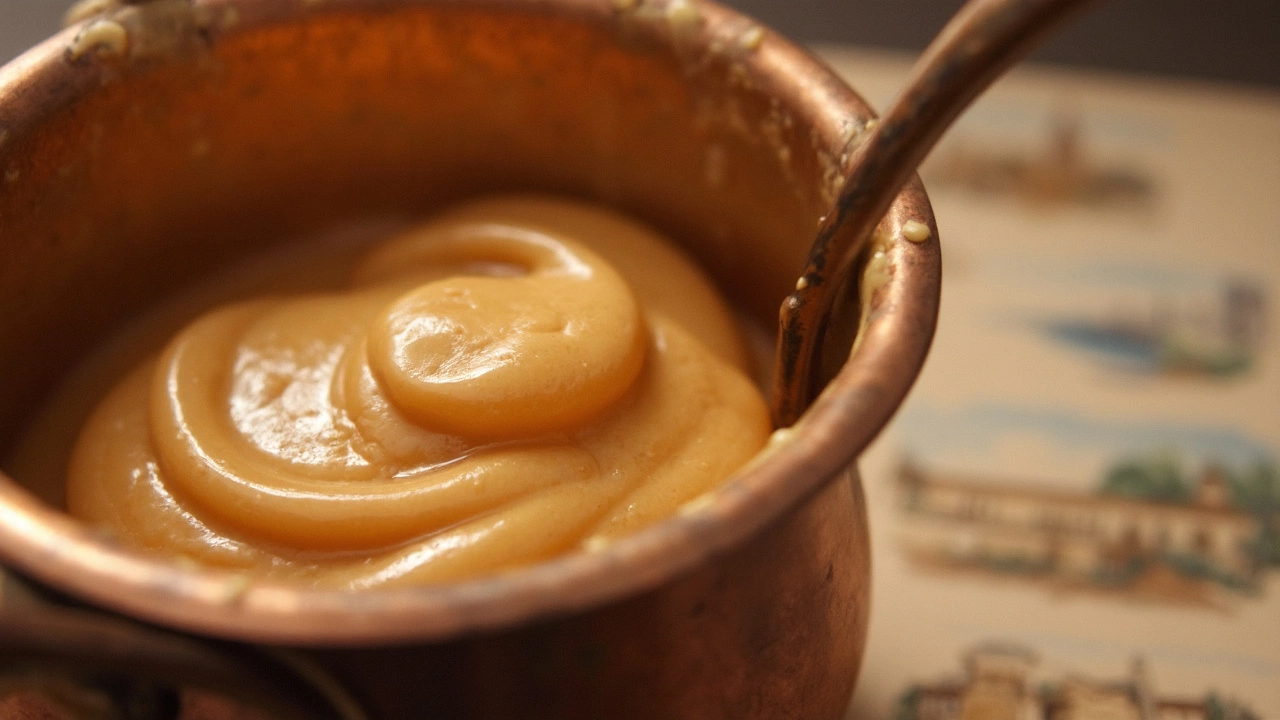
Testing for Soft-Ball Stage
So, you’re in the middle of making fudge and you want to nail that soft-ball stage. How do you tell if you’ve got it? The good old cold water test is your best friend here. It’s a time-honored method that's still widely used, even by professional confectioners.
Cold Water Test
Here’s how it works: Simply drop a small spoonful of your boiling fudge into a cup of cold water. Now, watch how it behaves. If it forms a ball that’s squishy but holds together, congratulations—you’ve reached soft-ball stage! If it dissolves or spreads out, keep boiling a bit longer.
Alton Brown, the famous food guru, puts it well:
“Cooking sugar syrup to the right temperature will make or break your candy. It's not just about timing but about understanding the chemistry.”
Using a Candy Thermometer
If you prefer precision, grab a candy thermometer. Attach it to the side of your pot, ensuring it doesn’t touch the bottom. This tool will save you a lot of guesswork. Look for a reading of 235°F to 240°F (113°C to 116°C). Remember, boiling fudge isn’t a race, so keep a steady temperature and watch your thermometer.
Troubleshooting Tips
- If your fudge is too runny at this stage, let it simmer a little longer and test again.
- Too firm? You might have let it go too far. It’s a fine balance, so practice makes perfect.
Having a thermometer makes this way easier, but a lot of folks find the water test satisfying in a 'getting your hands dirty' kind of way.
Fudge-Making Tips
When it comes to making the perfect fudge, a few tried-and-true tricks can truly make your life easier and your fudge more delicious.
Using the Right Tools
Starting with the right equipment is key. A heavy-bottomed pot is your best friend here; it helps to distribute heat evenly, which means less chance of your fudge burning. Also, grab a good-quality candy thermometer to precisely measure when you've reached the soft-ball stage. That's the sweet spot you want!
Don’t Skimp on Ingredients
If your recipe calls for butter, don’t swap it out with margarine. Real butter gives your fudge that rich, creamy texture we're all aiming for. The same goes for chocolate; real chocolate is unbeatable.
Stirring Isn’t Just for Exercise
Seriously, keep stirring! Constant stirring is vital to prevent your boiling fudge from sticking to the bottom and forming lumps. Remember, fudge is all about smoothness and consistency.
Time and Temperature
Both these elements are crucial. After reaching the soft-ball stage over the heat, let your mixture cool down to about 110°F (approximately 43°C) without stirring. Only then should you beat it until thick. This helps with that lovely creamy texture.
Fun Fact Table
| Aspect | Detail |
|---|---|
| Ideal Temperature | 235°F to 240°F |
| Cooling Temperature | 110°F |
| Typical Boiling Time | 10-15 minutes |
And there you go! By keeping these tips in mind, your next batch of fudge will be a sure winner. Even if you end up with an extra workout from all that stirring, think of it as a bonus—delicious fudge earned!


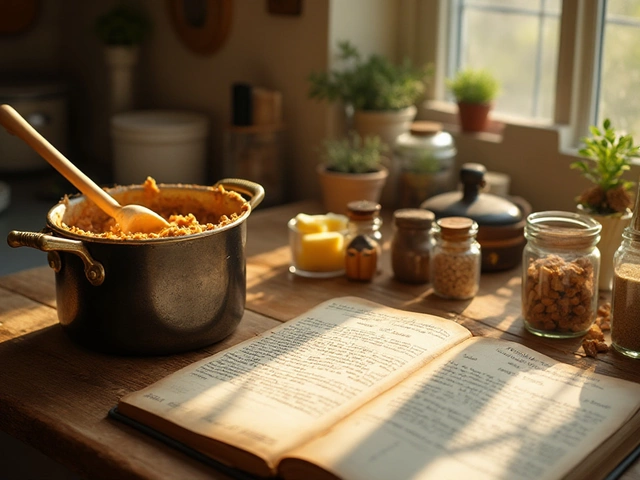

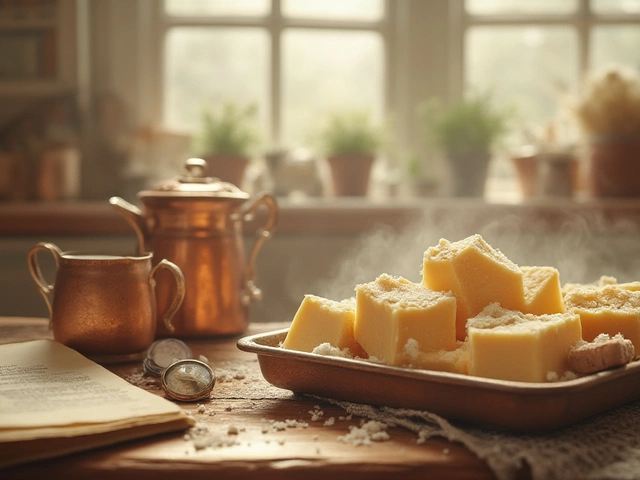

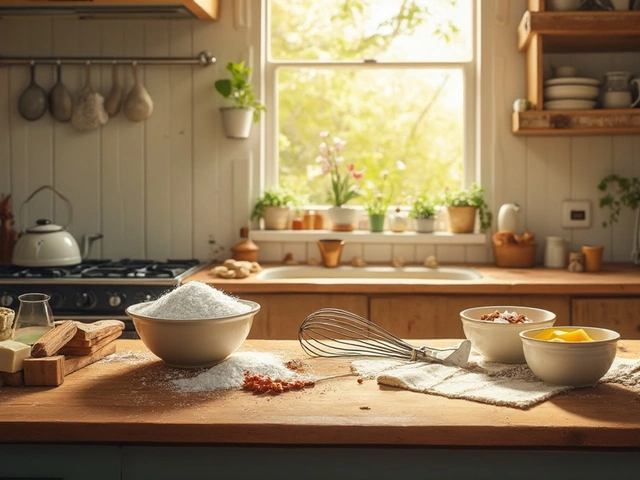
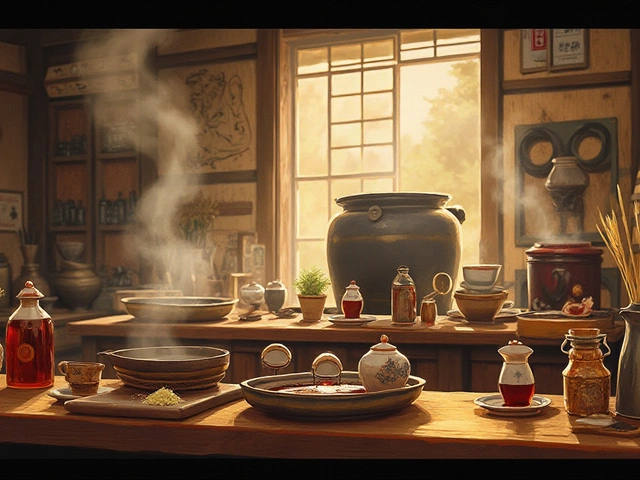

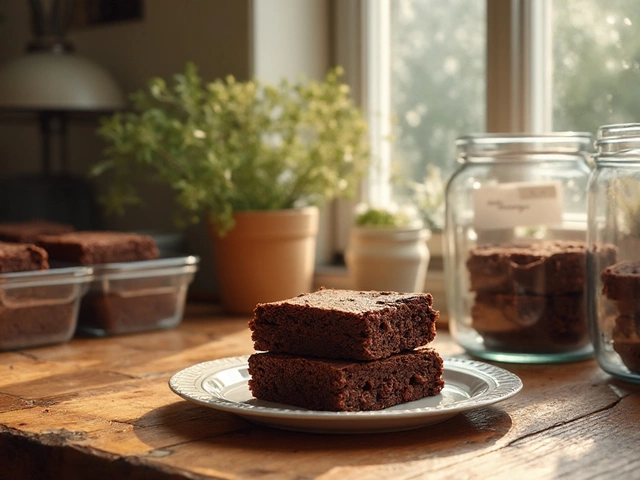

Write a comment